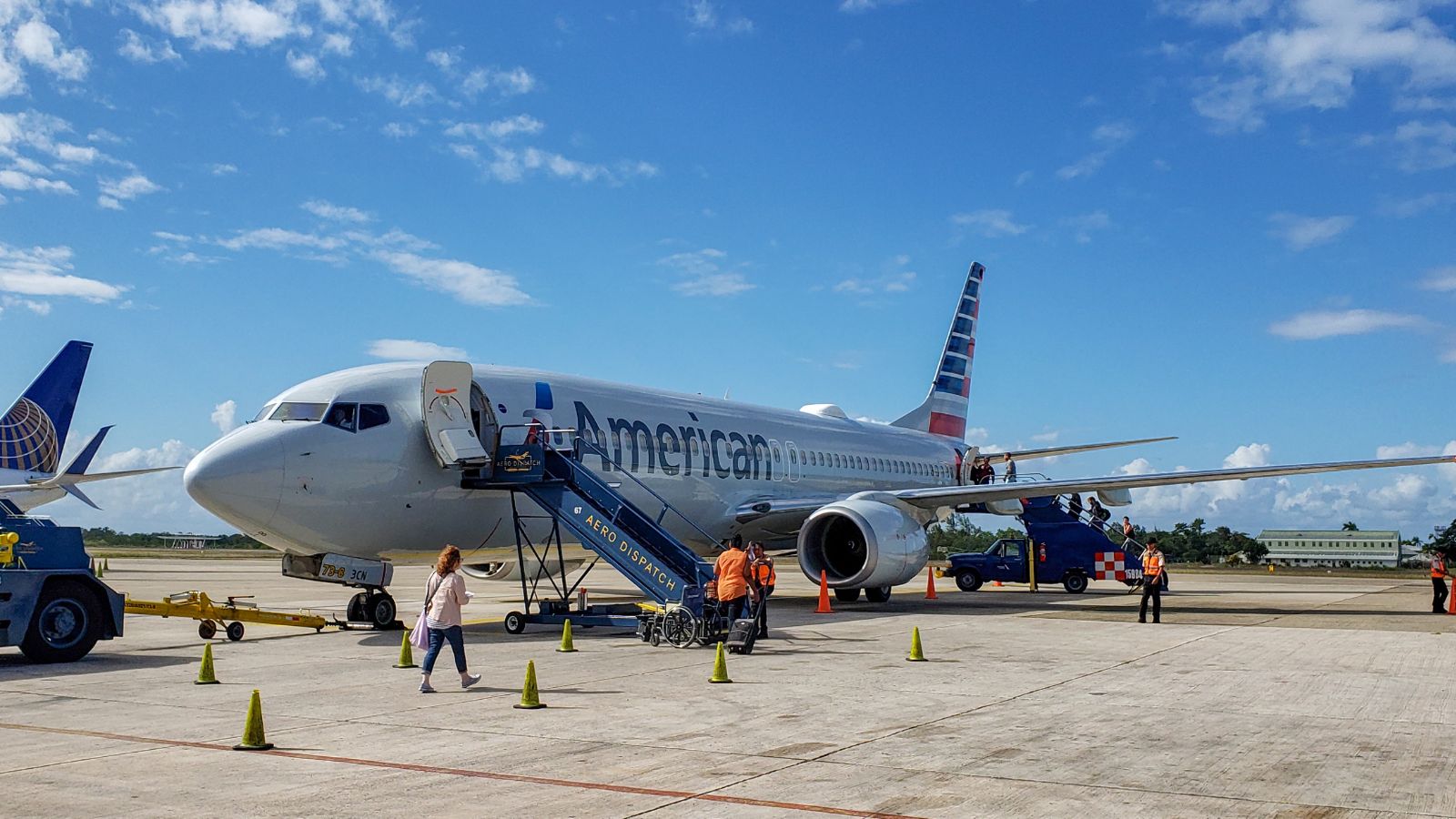One of the notable features of the market post pandemic has been the high levels of capacity discipline, which we have reported on in many previous posts. In nearly every major market around the globe capacity has been slightly below pre-pandemic levels, and with strong demand that has resulted in record revenues for airlines around the globe, although few mentioned record operating costs as well!
Whether that capacity discipline was genuine or a result of issues around resources across the aviation sector is a moot point, but as we begin to look forward to the winter season there are early signs that some of the discipline is now slipping in the US domestic market and capacity is once again growing. That may be good for the consumer but not so great for the airlines.
Reckless Capacity Growth Or A Return To Normality?
There are always two or more sides to a story and that is certainly the case when looking at the US domestic market and how the winter season is shaping up with just two months until those schedules kick in. The chart below provides an opportunity to either display your optimistic or pessimistic tendencies in one easy piece of analysis.
If you are an optimist, then capacity rebuilds in the US domestic market with a 12% increase on last year and that increase keeps capacity some 7% below the 3.5 million high achieved in Winter 2019, so you could argue this is another part of the market rebuild. However, if you are slightly more pessimistic you could look at the data and ask if a 12% increase in capacity is necessary when economic pressures are impacting consumer spending and leisure travel is finally beginning to slow down, whilst the corporate recovery is still underway.
The Big Four Lead The Way
Optimists will point to the planned capacity increases being spread across a number of carriers; it’s not a matter of just one or perhaps two carriers going rogue and if everyone is adding back seats then there must be a feeling that they are needed. As the table shows there are some brave capacity increases. American Airlines leads the way with a 17.5% increase - or nearly 10 million additional seats - scheduled for the five-month winter period, and an extra 138,000 flights or put another way nearly 900 flights more a day; and there’s apparently a pilot shortage!
Pessimists may equally point to the fact that the supporting infrastructure, especially areas such as ATC, have had to place restrictions on the number of flights in some parts of the USA. Those restrictions are likely to stay in place for some time. This summer the number of scheduled flights equates to around 22,500 flights a day, the current winter schedules work out at closer to 21,900 - around a 3% drop, begging the question, can the required support services deliver against such volumes? Only time will tell on that front.
Texas Really Is The Leading State (But They Knew That Anyway!)
When you have two major legacy hubs, two very large airlines and two major low-cost airports then it’s probably no surprise that Texas now leads California in terms of market size. With 15% capacity growth Texas has just overtaken California for the winter season, although a few cancellations either way could lead to a swap of positions at any time in the coming months. The biggest percentage increase is in North Carolina where a 19% increase is based around American Airlines adding some 2 million seats - a significant increase of 19% - although Delta Air Lines are not that far behind with a 15% increase in capacity.
For the optimists, the biggest winners at state level are Alabama with a currently planned 29% increase in capacity, followed by Kentucky with 27% . Both states are now offering over 1.5 million seats for the winter. For the pessimists, Connecticut (-0.7%) and Rhode Island (1%) are two of the states that are languishing behind the market and perhaps can therefore not expect to see too many cuts in air fares over the winter season.
Ultimately, it is important to remember that even with these planned increases capacity will not have quite returned to pre-pandemic levels, but such large increases in a market that appears to be softening mean only one thing in terms of airfares. Indeed, it seems that some airlines are already beginning to offer discounts or value-added elements such as discounted luggage allowances for the winter period to encourage early booking activity. And of course, it is important to remember that we are still two months from the winter programmes.There is a lot of kerosene to be burnt before then and likely changes to capacity as carriers refine their schedules. But as the data stands today, intuitively does it feel like the market requires such a large capacity increase year on year? Will demand be as strong as last winter and will the corporate traveller return in some of the more optimistic ways suggested? I’d like to be optimistic, but somehow I think there may be too much capacity coming back a little too quickly!
What do you think?
Recommended:







